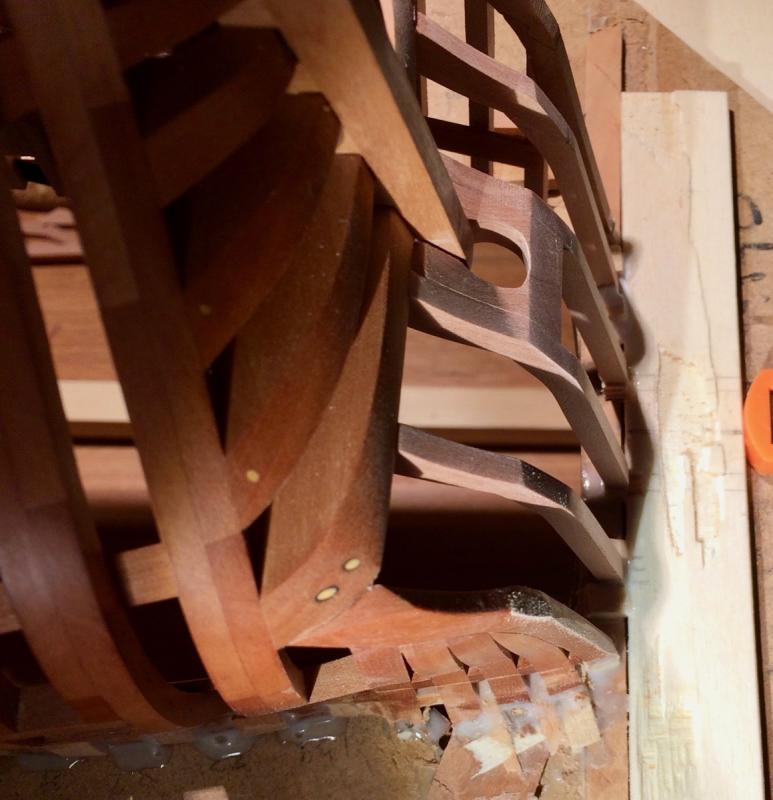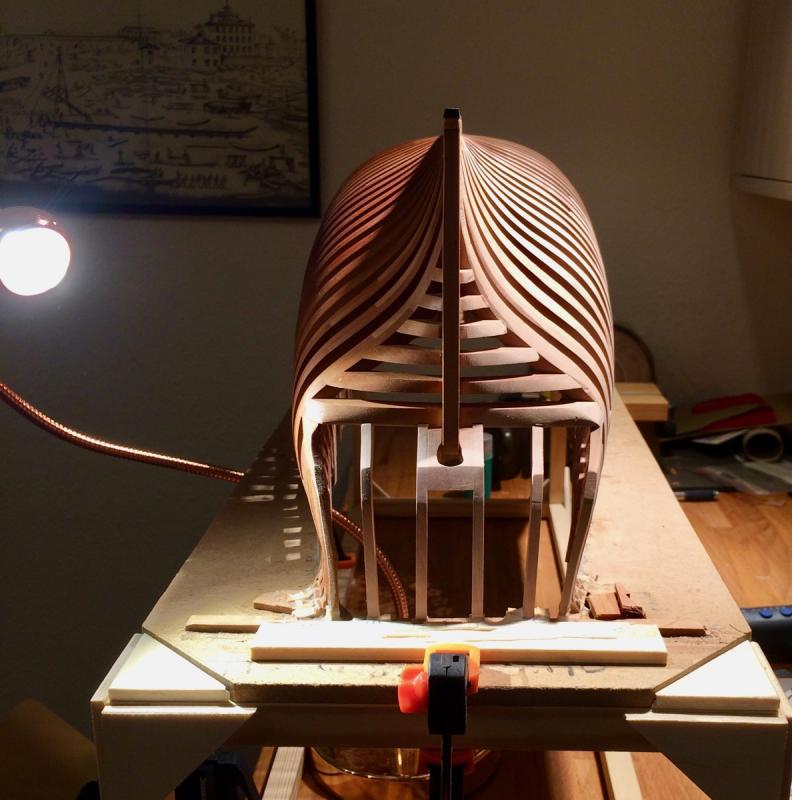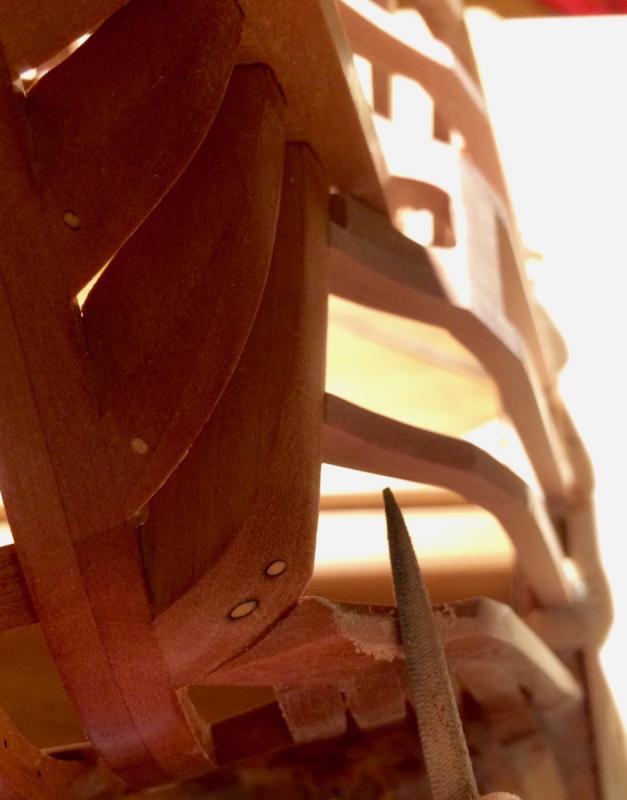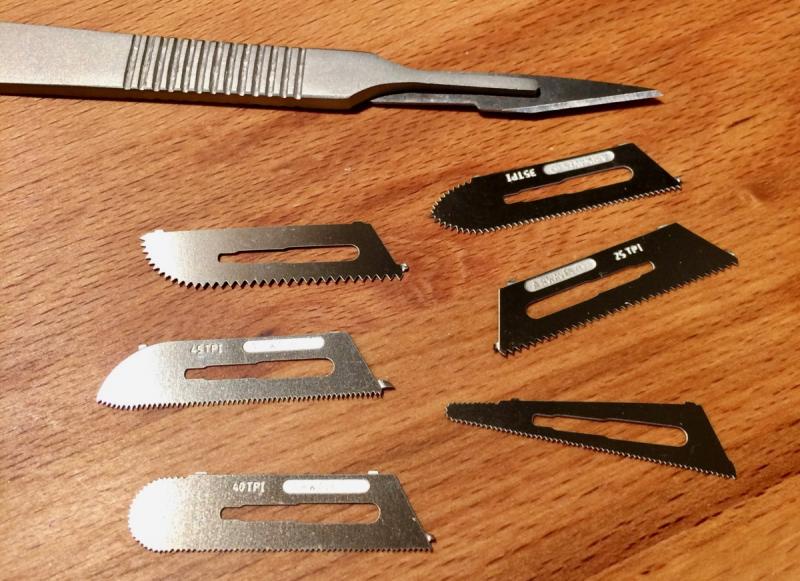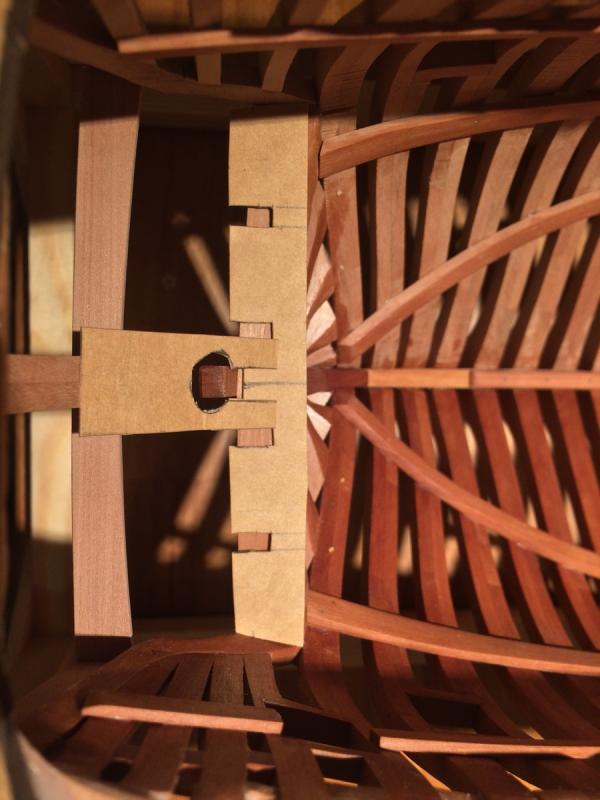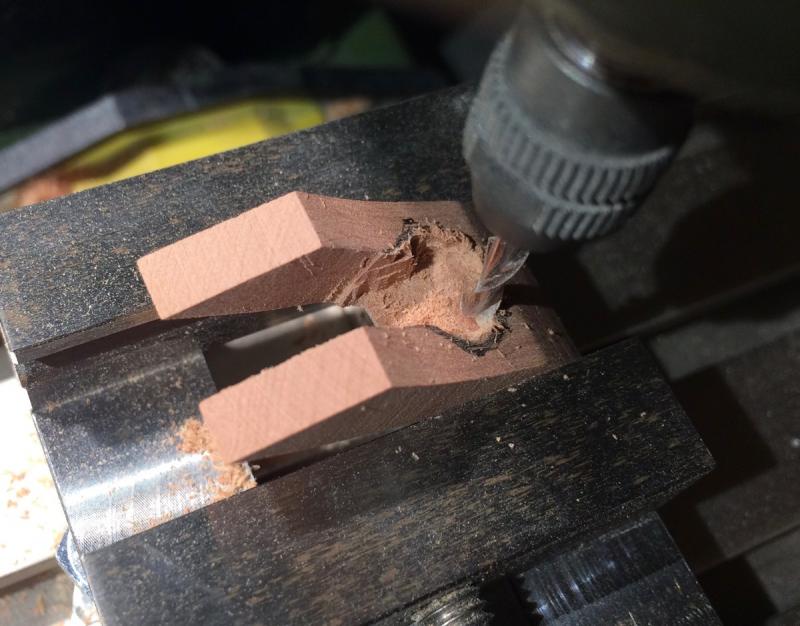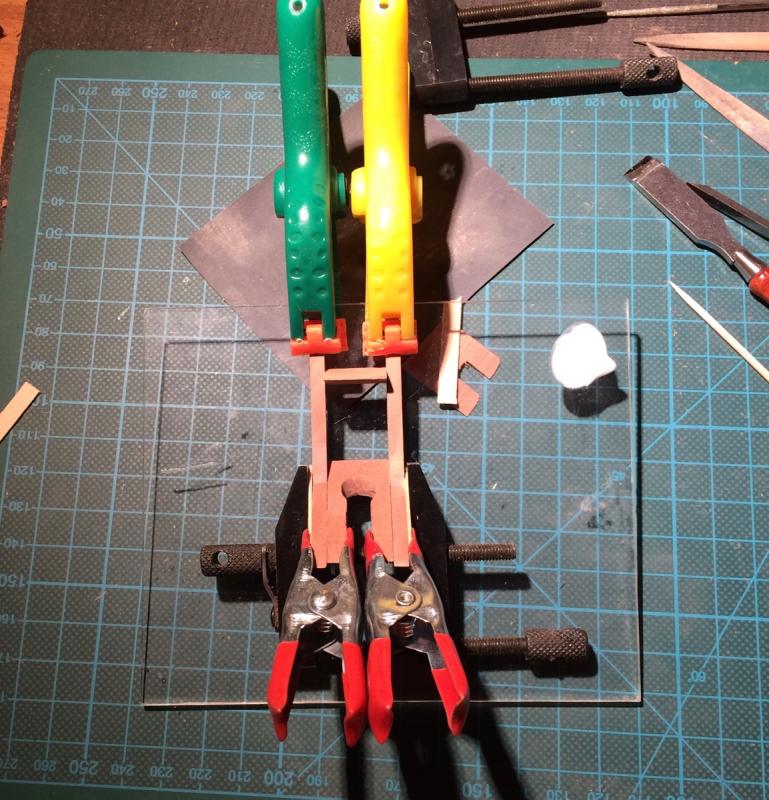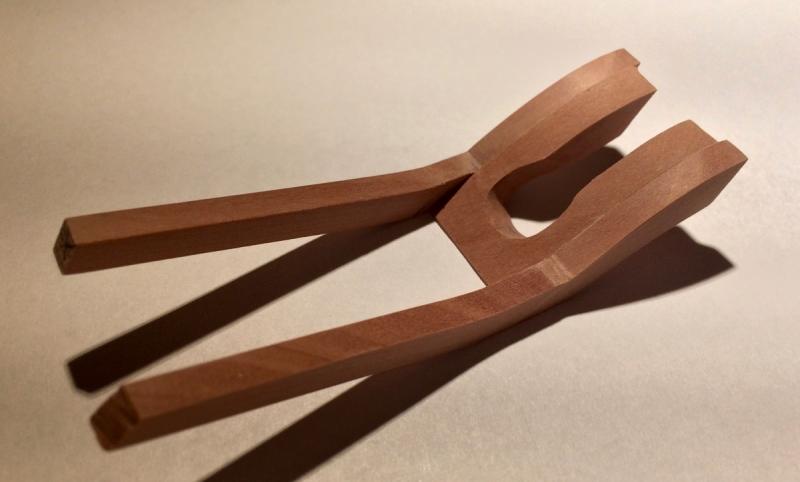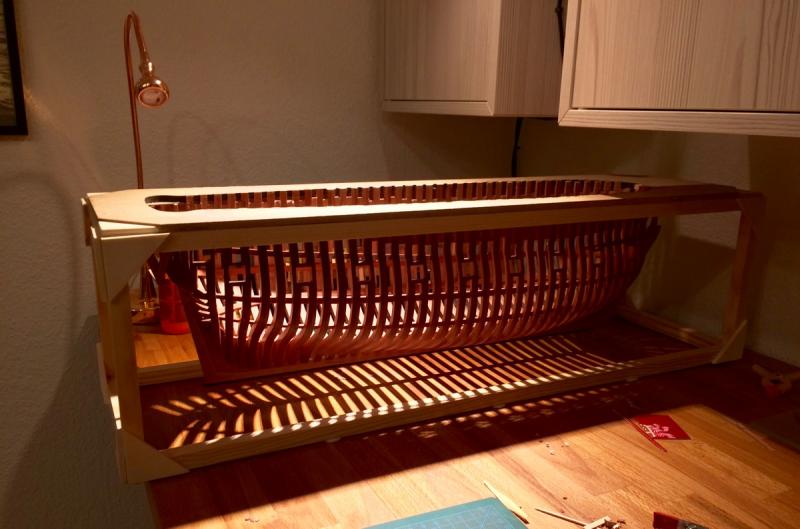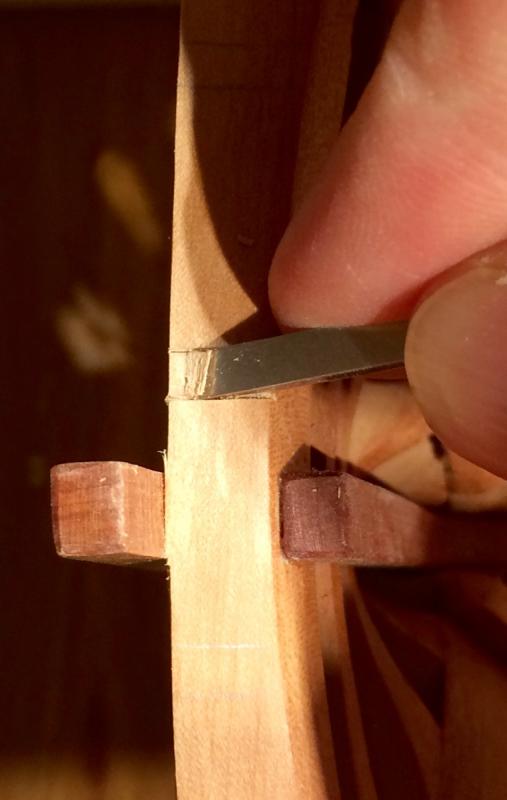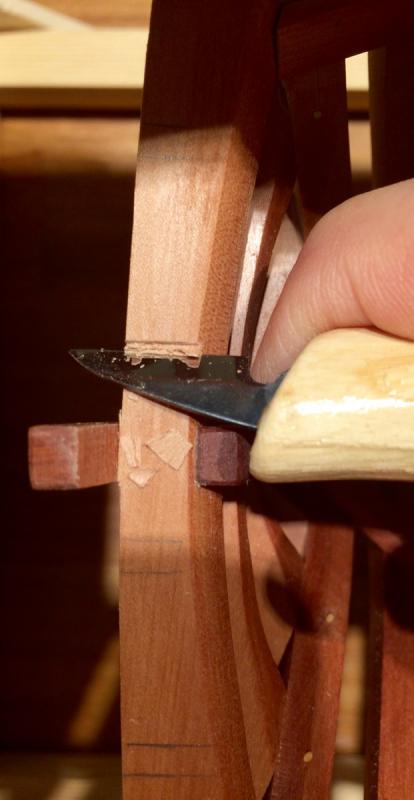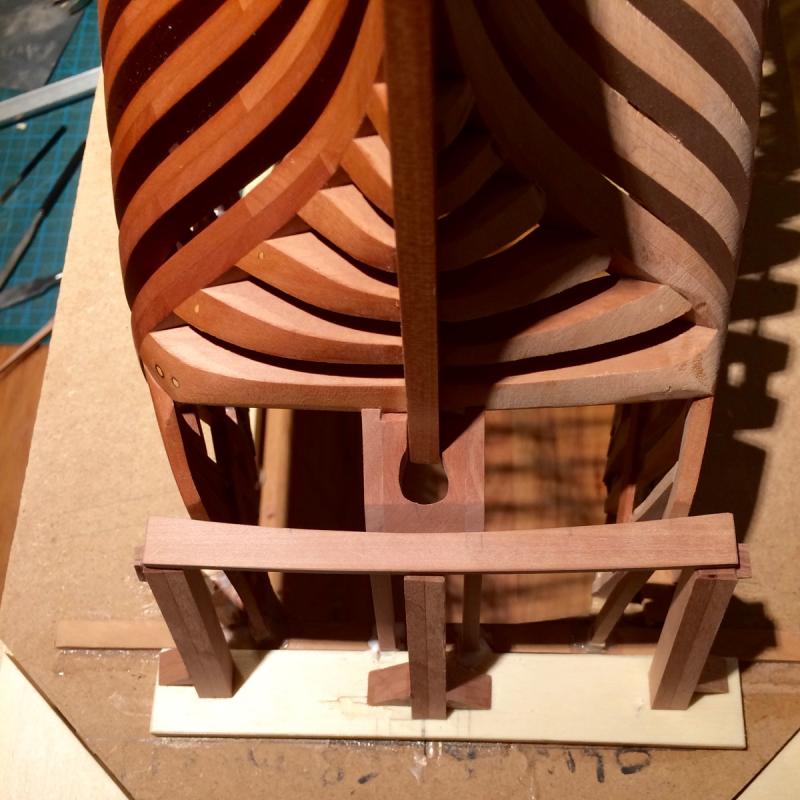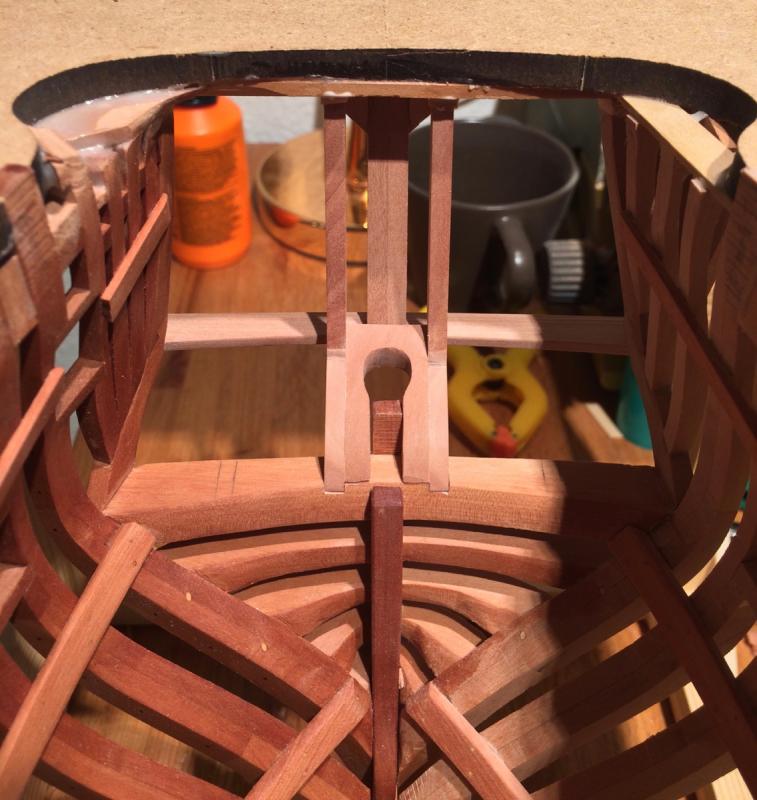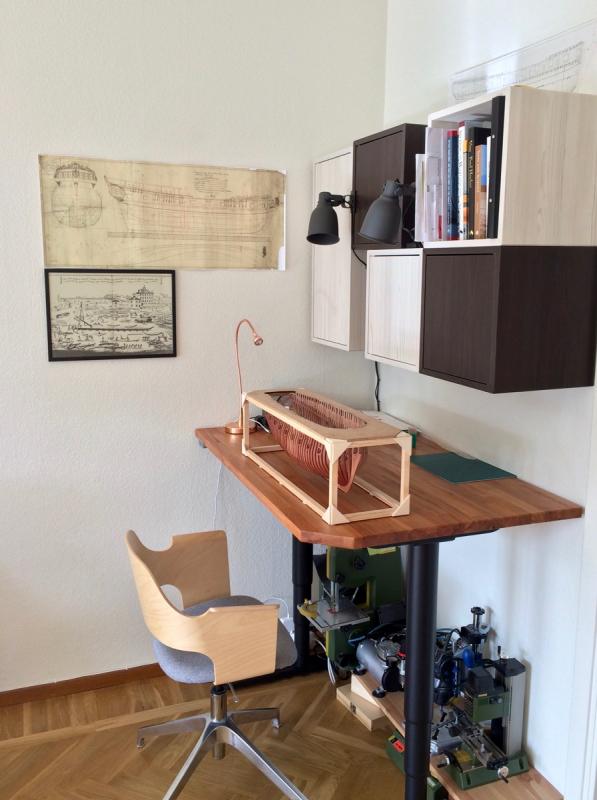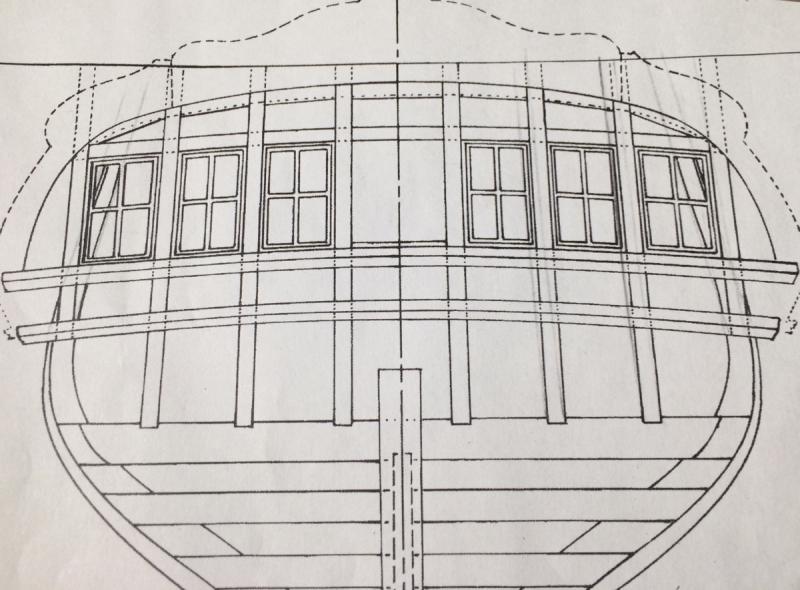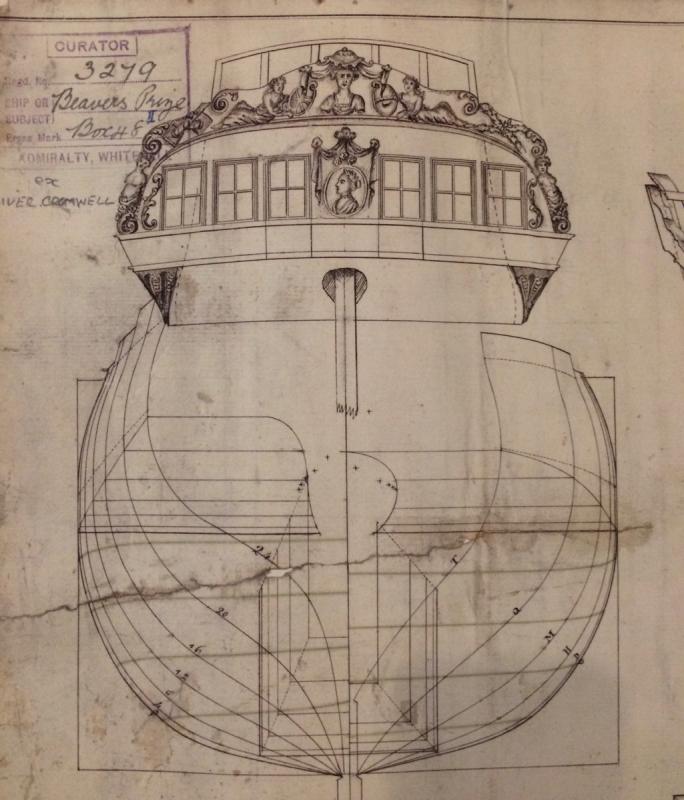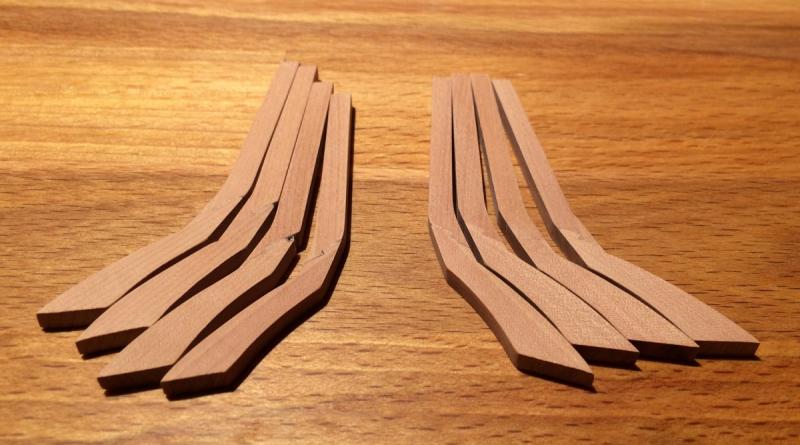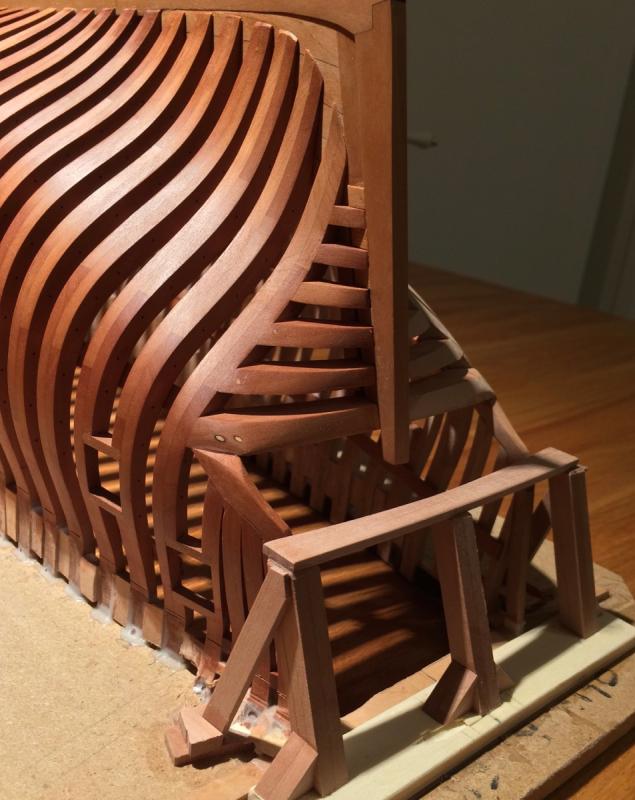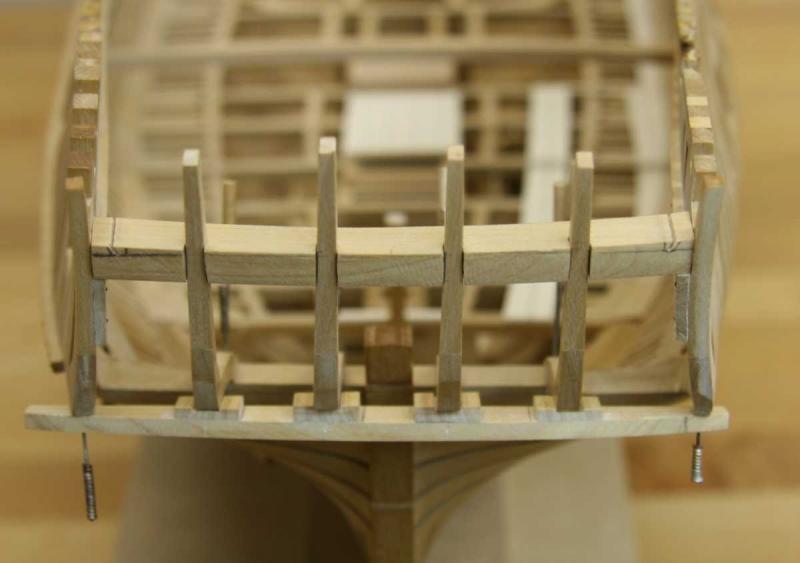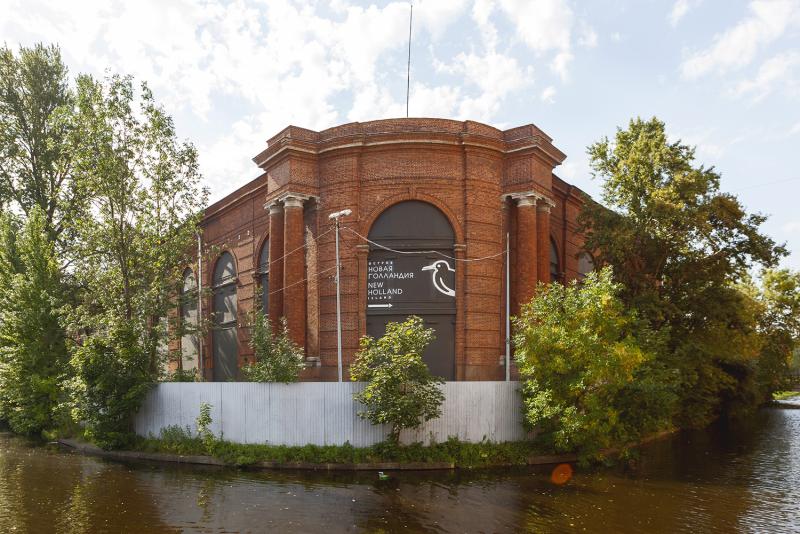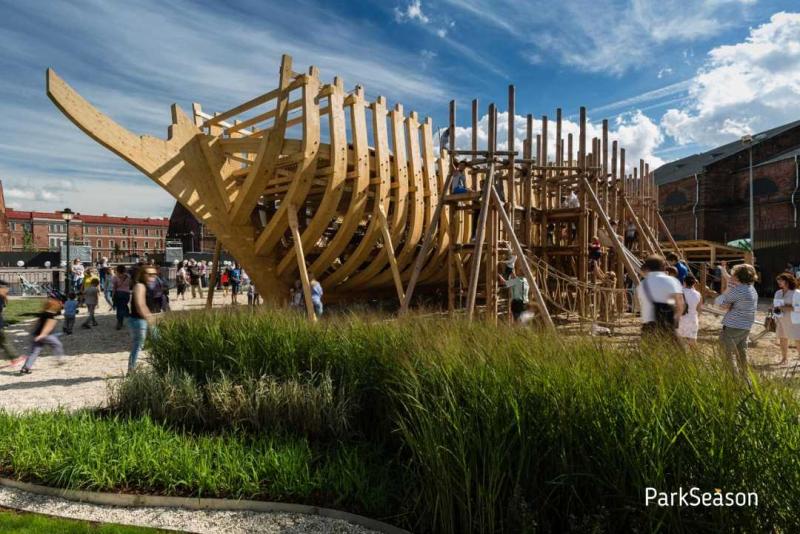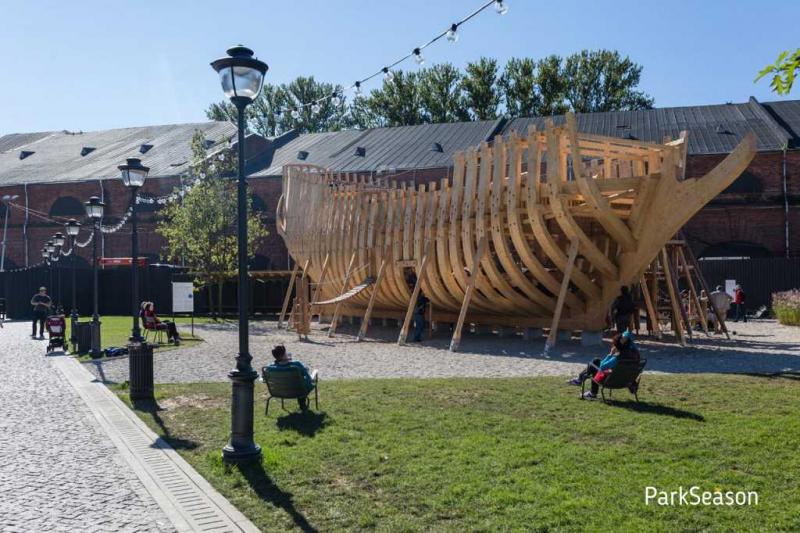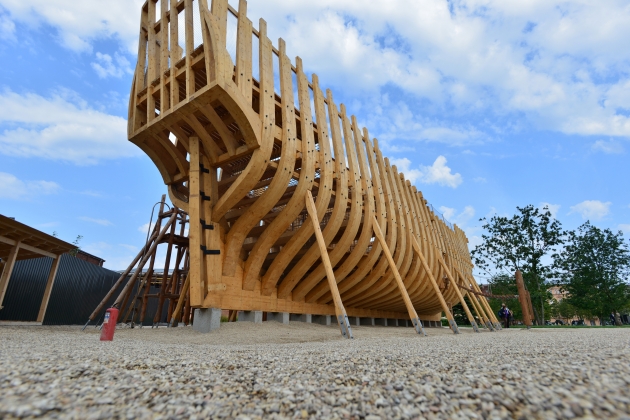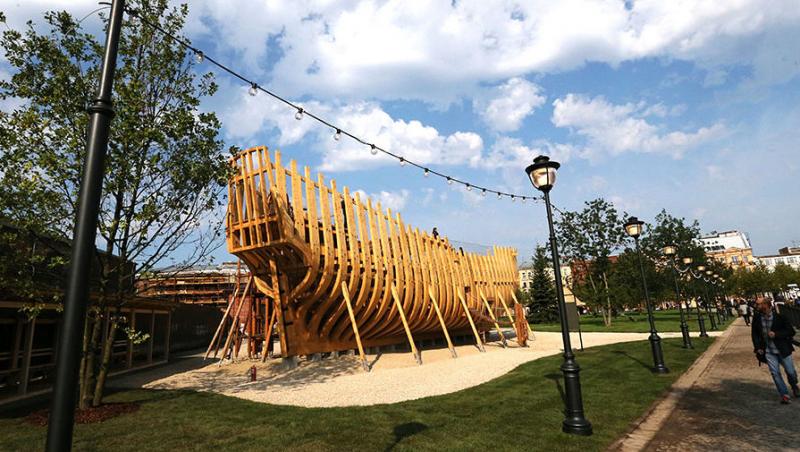-
Posts
1,546 -
Joined
-
Last visited
Content Type
Profiles
Forums
Gallery
Events
Everything posted by Mike Y
-
Druxey, thanks! It is sold under a brand of a swedish company Model Craft AB. Unclear what is the original manufacturer... I quickly googled that you can find that in US, for example, here: http://www.modelcrafttoolsusa.com/saws-sawblades/862-replacement-saws-for-pkn0008-k.html http://www.modelcrafttoolsusa.com/saws-sawblades/864-replacement-saws-for-pkn0009-k.html
- 968 replies
-
- hahn
- oliver cromwell
-
(and 1 more)
Tagged with:
-
HMS Naiad 1797 by albert - FINISHED - 1/48
Mike Y replied to albert's topic in - Build logs for subjects built 1751 - 1800
Super! Every time you update the log, I want to write that - but need to stop myself to avoid polluting it too much Your build quality (and speed) is hard to match! -
Progress is very slow, spent just an hour in the workshop Installed remaining counter timbers. Transom is quite skewed, so impossible to achieve a proper symmetry - but I hope I will hide most of it when planking one side of it. The goal is to align windows on planked side with the counter timbers on the unplanked one. Now fairing the timbers, the outermost counter timbers had a wrong angle. File is good enough for it: Btw, found a very nice scalper saw blades in the local hobby shop, was positively surprised! They could be found by "model craft saw set" query, and exist in two types.
- 968 replies
-
- hahn
- oliver cromwell
-
(and 1 more)
Tagged with:
-
Love reading your log, feels like building it myself these "inline" comments on the photos are very handy!
- 132 replies
-
- triton cross-section
- cross-section
-
(and 1 more)
Tagged with:
-
Galley Washington by Mike40 - 1:48 - POF
Mike Y replied to Mike40's topic in - Build logs for subjects built 1751 - 1800
Please do not use that scary looking hammer on your model! It looks good -
Proxxon Micro Planer DH40 - owner feedback??
Mike Y replied to rtropp's topic in Modeling tools and Workshop Equipment
Mauricio, sorry, I haven't changed or adjusted the blades in my planer yet, they are good enough so far. -
Finally, a Le Fleuron update! The middle photo looks the best
- 728 replies
-
- le fleuron
- 64 gun
-
(and 1 more)
Tagged with:
-
It sort of kills the purpose then? There are lots of cheaper thickness sanders in the market. Dust collection would be a big issue, this planer is designed to produce shavings and do not have any dust protection or collection. It will just clog all mechanisms including feeder belts and gears. Not even mentioning the amount of dust in the room. I never needed much sanding after using that planer, it produces a nice smooth finish, few passes with scraper or xacto blade over the ready-made part - and the finish is perfect.
-
Thanks Glenn, Cap'n Poison and Mike! Worked on those pesky counter timbers and helm port. Lots of meaurements, doubts and re-measurments involved! Step 1: carefullty mark counter timbers location. I should admit that my transom is not very symmetrical - few mm here and there. Nothing really big, and one should have a really sharp eye to see it in person, but the ruler does not lie Will measure better next time! So a lot of time was spent trying to find a right balance to ensure symmetry in the scope of a single side. Asymmetric planking (one side planked, one side exposed) will help as well. Cardboard templates ftw! Careful viewer will note a mistake #1 here - helm port is for the rudder, not for the sternpost. Luckily I spotted it next morning. Lesson learned - do not do marking and measuring of such difficult areas at night, being tired. It is a recipe for disaster. Helm port piece was cut on a bandsaw and the weirdly angled hole was first cut in the mill, and then fine shaped with files: Then the whole assembly glued together: Mistake #2 - the assembly is too weak, there is only one thin "bridge" keeping two sides together. Combine it with the grain following the stress line, plus counter timbers providing leverage - expected result - it snapped into two parts right in the middle. Ouch! Glued them back together, and it not very visible. It snapped before final sanding, so it was possible to use lots of glue and sand away any traces of it from the surface. Hope it will not become apparent after applying the finish. Assembly ready for installation: Mistake #3 - I have not pre-cut notches in the wing transom, doing it in place. Hull sides make it impossible to properly use chisel, the angle is too square. So used a tiny one plus knife: End result is so-so, I am not happy with the fit, there are small gaps in the glue joints, but I did not to spend few weeks doing that part again... It would not be too visible below quarterdeck. I hope! At least the counter timbers ended up square and in line with already installed timbers. Phew! Obligatory "light and shade" shot:
- 968 replies
-
- hahn
- oliver cromwell
-
(and 1 more)
Tagged with:
-
What is your preferred work height?
Mike Y replied to Nirvana's topic in Modeling tools and Workshop Equipment
They exist in two versions - 120cm and 160cm. But you can buy a frame only and attach any table top to it, which gives you a better flexibility in terms of size. The frame is quite stable and done well, so bigger table top will not be a problem. -
What is your preferred work height?
Mike Y replied to Nirvana's topic in Modeling tools and Workshop Equipment
I switched to the adjustable one (just $400 in ikea, http://www.ikea.com/us/en/catalog/products/00263218/)and am really happy ever since. No more head or neck pain, bending in a weird pose, etc. I move it a lot when working, depending on the type of the operation. It is heavy and stable. That is how it looks. Max height is 1cm below the drawers level. -
Galley Washington by Mike40 - 1:48 - POF
Mike Y replied to Mike40's topic in - Build logs for subjects built 1751 - 1800
Looks neat! Hope the wood is not too soft, but at least fairing should be easy! Will grab a char, if you do not mind -
Started a work on counter timbers and transom, Hahn jig allows to build it pretty early, since all counter timbers would be glued to the jig and there is a little chance of damaging them. Oliver Cromwell has a pretty weird counter timbers / windows framing. On most of the other models I saw, counter timbers follow the lines of the hull and transom wings. For example, here is a Remco's Kingfisher (http://modelshipworld.com/index.php/topic/18-hms-kingfisher-by-remco-1770-english-14-gun-sloop-pof-148): In my case, however, both NMM drawing and Hahn's interpretation of it show that windows (and, hence, counter timbers) are basically square and vertical, and do not follow the hull shape: I already made transom wings following the dotted line on these drawings, which follows the shape of the hull. Now I have only one realistic option - make counter timbers evenly spaced and end up with framing similar to the other models of this period (like Swan class). And windows will not be as square as they are on Hahn's model. So be it. Or I am missing something obvious in this problem? Would apperciate a second look, I might be misinterpreting all that drawings? In a meanwhile, made some assisting construction to help with alignment of the counter timbers. True redneck engineering! But better than nothing: And made the counter timbers themselves. Left group is a second-tier, where I made few mistakes (joints with gaps, etc). It will go to the planked side of the model where all these mistakes would be covered. The right group are a prime timbers that would go to the exposed side of the hull. So good to have a side where all mistakes would be hidden!
- 968 replies
-
- hahn
- oliver cromwell
-
(and 1 more)
Tagged with:
-
Great model, looking forward to see the LED lights through the cutoff area!
- 572 replies
-
- constitution
- frigate
-
(and 1 more)
Tagged with:
-
Power Tools for a Fully Framed Build
Mike Y replied to ChrisLBren's topic in Modeling tools and Workshop Equipment
There is also a question of space, Proxxon is the smallest and can easily sit on the table, while larger mills typically require much more space. Hard to beat a mill in precision and speed of milling joints, if you would like to show them in your model It is one of the most frequently used tools I have, probably after the disk sander A vice is a must for the mill (for joint cutting as well). -
The colours are incredible! You made me change my mind and go with pear planking above the wales Really love the black parts as well, you mentioned it is a Fiebings dyed swiss pear, but what finish do you use on top of it to seal the dye? As I understand, it would mar if not finished in top? Truly looking forward for the next build!
- 290 replies
-
- confederacy
- frigate
-
(and 1 more)
Tagged with:
-
The inside of the hull looks already faired! So precise!
-
A bit of offtopic, but not big enough to create a separate thread for it. Friends from St.Petersburg sent these photos. A new playground in a bit of a hipster spot located next to the Naval Museum. This area is an old navy storage facilities built 300 years ago, they were surrounded by channels to be accessible from boats. Semi-abandoned for years, with a lot of city myths surrounding the place. Today a part of it is given to hipsters, and the place is filled with people again. One of the things built recently is a playground that consists of a pretty nice replica of a period ship! The thing is big, and kids can go inside and play. Fascinating! Of course, the framing is a bit simplified, but it is still impressive:
- 968 replies
-
- hahn
- oliver cromwell
-
(and 1 more)
Tagged with:
-
Wales
Mike Y replied to -Dallen's topic in Building, Framing, Planking and plating a ships hull and deck
Got it!
About us
Modelshipworld - Advancing Ship Modeling through Research
SSL Secured
Your security is important for us so this Website is SSL-Secured
NRG Mailing Address
Nautical Research Guild
237 South Lincoln Street
Westmont IL, 60559-1917
Model Ship World ® and the MSW logo are Registered Trademarks, and belong to the Nautical Research Guild (United States Patent and Trademark Office: No. 6,929,264 & No. 6,929,274, registered Dec. 20, 2022)
Helpful Links
About the NRG
If you enjoy building ship models that are historically accurate as well as beautiful, then The Nautical Research Guild (NRG) is just right for you.
The Guild is a non-profit educational organization whose mission is to “Advance Ship Modeling Through Research”. We provide support to our members in their efforts to raise the quality of their model ships.
The Nautical Research Guild has published our world-renowned quarterly magazine, The Nautical Research Journal, since 1955. The pages of the Journal are full of articles by accomplished ship modelers who show you how they create those exquisite details on their models, and by maritime historians who show you the correct details to build. The Journal is available in both print and digital editions. Go to the NRG web site (www.thenrg.org) to download a complimentary digital copy of the Journal. The NRG also publishes plan sets, books and compilations of back issues of the Journal and the former Ships in Scale and Model Ship Builder magazines.



